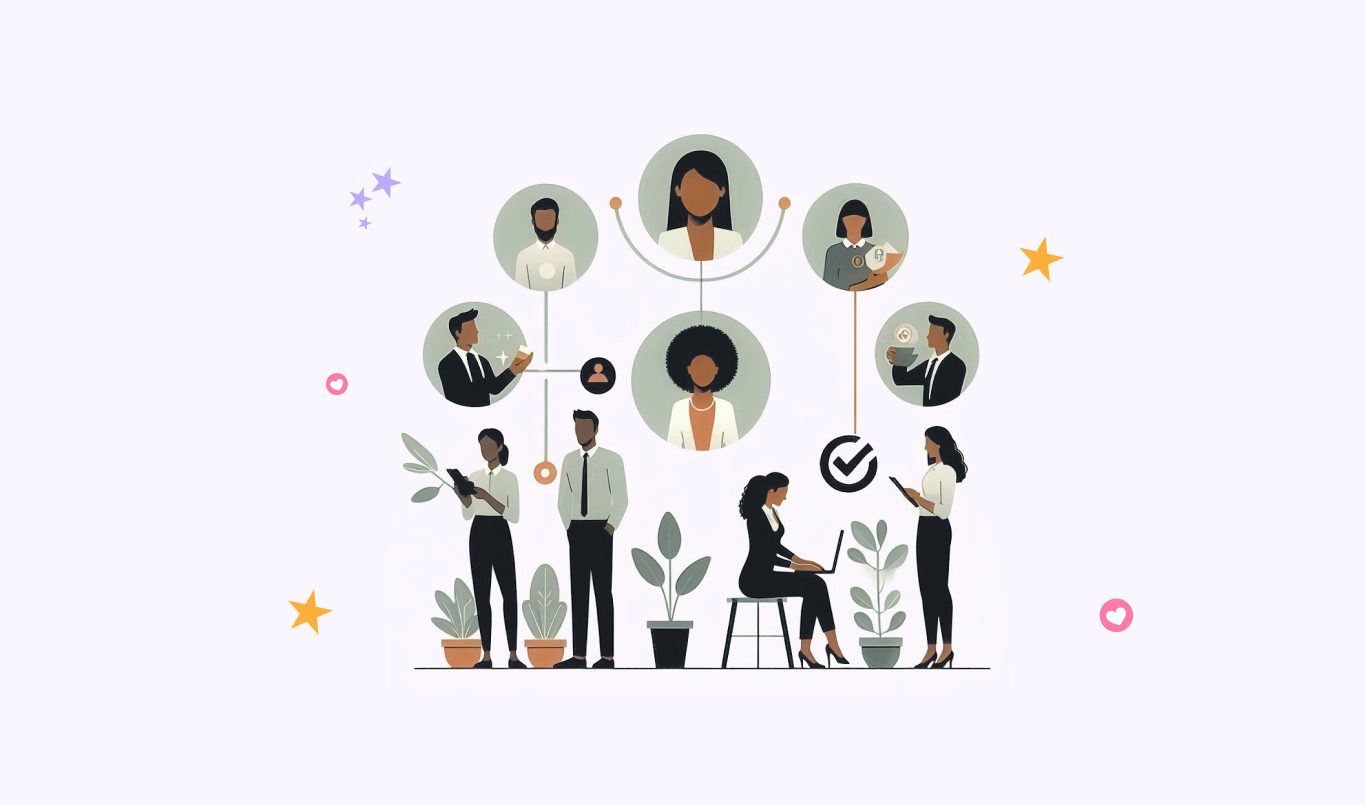Gamification in the workplace is not just another trend or buzzword. It is a growing need for organizations to maintain a competitive edge. In fact, 70% of the 2,000 largest organizations globally are utilizing it.
However, many businesses – possibly even your own – may yet to benefit from gamification. So, let’s go over its details to ensure you do not miss out on it for long.
What is Gamification in the Workplace?
You may already be familiar with the term gamification. Basically, it is the process of adding elements of games to non-game activities.
Take learning for instance. Teachers come up with activities that include badges, leaderships, and rewards to enhance student engagement and motivation.
Gamification at work is no different. It entails applying game design elements and principles to different work-related tasks and activities. For instance, your business can include points, badges, challenges, and rewards to everyday work activities.
What makes it so effective is that it taps into the brain’s natural wiring. Basically, getting a reward after performing a certain action triggers the feel-good neurotransmitter known as dopamine. This makes individuals more likely to perform the action again – that too eagerly in hope of getting the same result.
This reward compulsion loop and the natural dopamine fix can help your business in many ways. In fact, dopamine can positively affect motivation, memory, behavior, mood, and attention and learning. Therefore, you do not only make employees feel happier, but you also ensure they do their work better.
Benefits of Gamification in the Workplace
In addition to shots of dopamine, bringing gamification into your business can deliver a number of advantages. Here are some that you may like to have at your organization.
Better Learning and Training
Corporate training is usually an uphill task, especially when motivation levels are declining. Thankfully, gamification can help immensely with both.
A study by KPMG uncovered that gamified training can significantly improve employee performance. The company rolled out training called KPMG Globerunner across 24 offices and analyzed performance based on fees collected, number of clients served, number of business opportunities, and opportunities from both existing and new clients.
Upon analyzing results, KPMG found out that trainees increased the fees collected by over 25%. The number of clients also increased up to 16%, and the opportunities these new clients provided hit 22%.
Where employees were more engaged with their jobs, these percentages were even higher. For instance, their total business opportunities were 8% more while opportunities were 10% and 7% more for existing and new clients respectively.
Normalization of Constant Feedback
While playing games, players receive immediate feedback. Even while losing, games offer signals to indicate they’re far from winning. This makes them try re-strategizing to achieve their goal or resort to tools.
Applying this to work tasks, especially training, employees get to know whether they are falling behind or reaching their goal in real time. This boosts their motivation levels while making them more open (and even ready) to receive feedback.
In fact, employees will no longer view feedback as an intrusion or dread it. They will consider it a necessity to win.
Higher Appeal to the Younger Workforce
The younger workforce is a digitally native workforce. Therefore, their motivational and behavioral patterns differ from older generations. This means organizations need to employ techniques that best match their learning and skill development styles.
Using gamification in the workplace can be the key to engaging younger workers. Take for instance millennials. They have grown up in a digital, simple, and interactive world. It will not be wrong to even say that playing games is in their nature.
Stronger Emotional Connection
Gamification in the workplace has the power to connect you to your employees. Take for instance using gamified learning modules. These help employees become invested in what they are actively learning. Therefore, they try their best not to make mistakes or approach challenges in a laid-back manner.
This may require some additional steps such as allowing employees to personalize their avatars or add their employee ID numbers. However, it will further strengthen their emotional connection with whatever training program you offer.
Skills Development
When engaged in games, players get to hone their multi-tasking, knowledge-sharing, and problem-solving skills. This is no different while implementing gamification in the workforce.
Employees can be handed challenges that allow them to improve their ability to juggle multiple responsibilities at the same time. Therefore, they learn how to multi-task in a highly interactive environment.
Informal discussions on how to pass challenges will further promote knowledge sharing within your business. People love discussing how well they fared, so you can give them a push to open up and talk about their successes freely. This can inspire others to follow in their footsteps.
Finally, gamified learning or tasks allow employees to find solutions to different problems. For example, you can propose a challenge prompting employees to come up with well-researched solutions for a serious issue you face. You may be surprised at some of the innovative and creative responses you get.
Examples of Gamification in the Workplace
With the benefits of gamifying your business covered, it is time to explore the different ways you can implement it.
Game-Based Learning
As mentioned a few times already, gamified training has the potential to improve performance and learning retention. You can combine the resources created by your L&D department with instructional design to create more interactive training.
For instance, you can use trivia or games to let them gain points. The competition along with the rewards they get with the points can make a world of difference.
Interactive Leaderboards
You can go beyond on-the-spot recognition to feature employees on leaderboards. Not only can this bring some friendly competition, but it can also increase engagement levels for all. Besides, the organization itself benefits since you get to identify top-performing employees.
Company Competitions
If there is one thing that most cultures need today, it is the element of fun. Therefore, consider implementing gamification in the workplace to simply allow employees to kick back and have some fun. Especially if you wish to improve morale and help the workforce feel great working with you.
For example, you can propose a fun challenge such as ‘Dress up for Independence Day’ and select the best costume for that day. This will motivate everyone since such challenges are easy and accessible to all.
Employee Points Reward Programs
Here is another simple yet effective idea for gamification in the workplace. A points reward program can work well for all your employees.
However, if you wish to maximize its benefits, combine it with an existing incentive program. For instance, you can have your workforce collect points by completely challenges AND via your employee referral program.
How to Get the Most from Gamifying Your Workplace
Whichever gamification technique you decide for your workplace, you need to keep in mind the following.
- Get Leadership Buy-In – It is important that your organization’s leaders take part in your gamification efforts. This will inspire other employees to follow their lead.
- Communicate Enthusiasm Across the Organization – Taking this step will boost employee participation and add to their comfort while engaging with your initiatives.
- Gamify Tasks Employees are Less Focused On – Prioritize tasks that employees don’t pay much attention to or consider boring. Interactive gamification will shift their stance and help you bring on the necessary behavioral changes.
- Always Measure Outcomes – To ensure you get the most from your gamification initiatives, you should be able to measure the outcomes.
- Be Prepared for the Long Haul – You need to be patient as results will take some time. After all, employees will need to master interacting with your solution to get the best results.
Can’t Wait to Introduce Gamification in the Workplace?
Then we have something for you – nGAGE at Work. This platform allows you to gamify several aspects of your organization to pave its way to the top. Check out the app today and set your organization for success.

